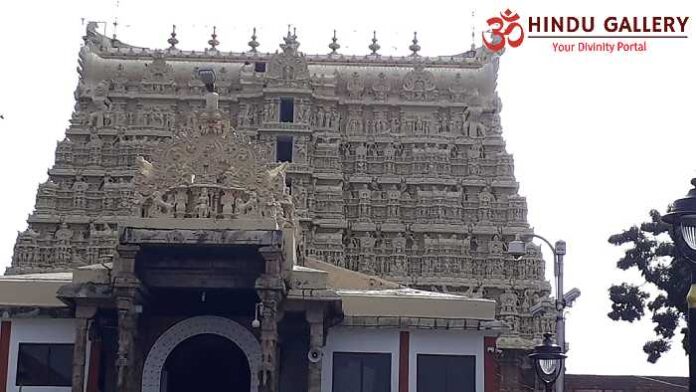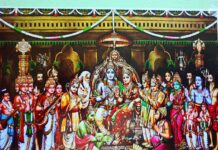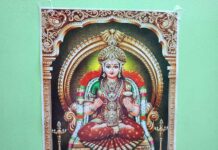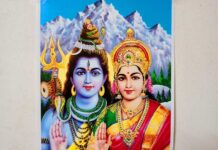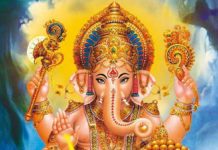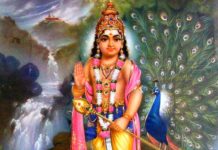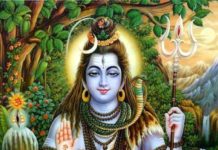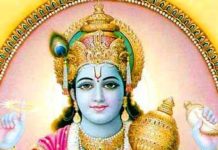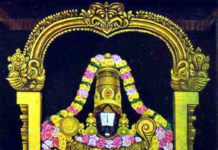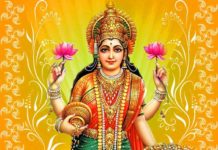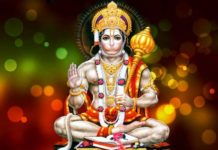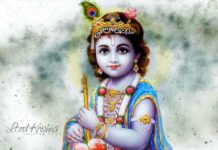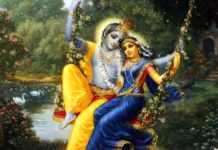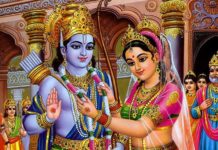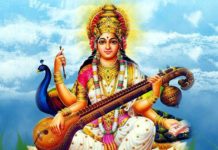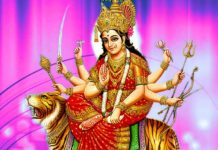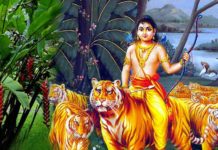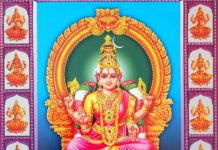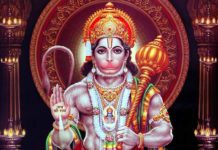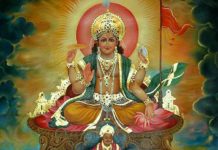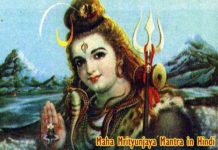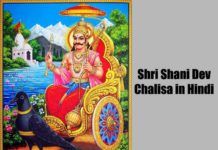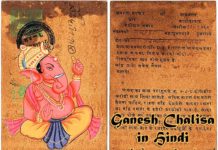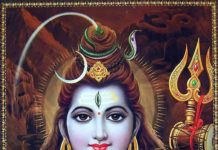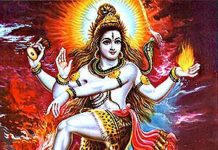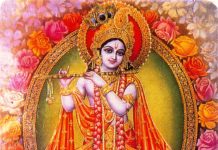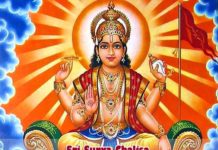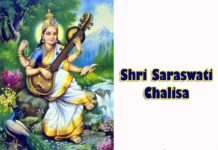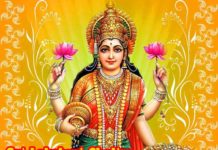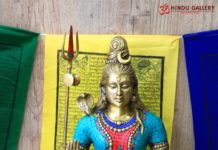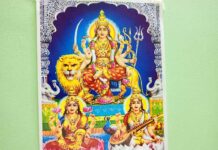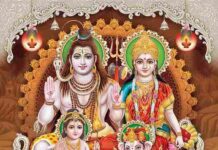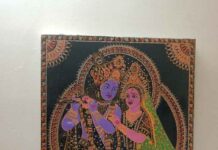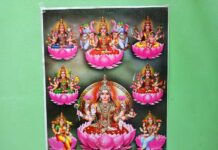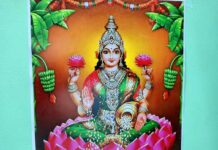Anantha Padmanabha Vrat is ascribed to Sri Anantha Padmanabha Swamy, one of the manifestations of Sri Maha Vishnu. “Anantha” means “endless”. It also denotes Sri Adi Sesha on whom Sri Vishnu reclines. “Padma Nabha” means “the one with the lotus stemming from the belly button”. Sri Maha Vishnu is called as Anantha Padmanabha as He has the lotus stemming from His belly button.
Anantha Padmanabha Vrat falls on the Shukla Paksha Chathurthasi of Bhadra Padha month. For the Year 2023, it occurs on Thursday, 28th September 2023. The exact duration of the Chathurthasi Tithi has to be ascertained from the respective regional calendars. The festival is predominantly observed in South India.
Legend
As per the legend, the Anantha Padmanabha Vrat was observed by Yudhistra, the head of Pandava Kings during their exile in forest for fourteen years. The observation of the Vrat is believed to be advised by the Sage Shaunaka to Yudhishtra.
The Vrat is said to be mentioned in Bhavishyothra Puran. Bhagwan Krishna Himself has suggested that Sri Anantha Padmanabha Swamy is to be worshipped with fourteen types of flowers, fruits and leaves. Fourteen types of sweet dishes are to be offered as Neivedyam. Athirasam is predominant of them.
Vrat Katha
Once there was a brahmin couple named Sumantha and Deeksha. Deeksha was the daughter of the Sage Bruhu. They were blessed with a girl child named Susheela.
Deeksha had died when Susheela was a baby. Sumantha married another woman named Karkashe. Karkashe was quite rude to Susheela and she constantly ill-treated her. Sumantha was helpless.
When Susheela was of marriageable age, Sage Kaundinya had visited the home of Sumantha. Sumantha wanted to give his daughter in marriage to Kaundinya. Sage Kaundinya had accepted. As Sumnatha could not give any Sree dhaan to his daughter, her gave only a small quantity of the fried wheat flour to the newly-wed couple.
Susheela and Kaundinya had proceeded to their home. On the way, they saw a few women doing Puja at the banks of a river. They even saw the ritual of the women tying the fourteen knotted red holy thread around their wrists.
Susheela went to the women and asked them the name and purpose of the celebration. They told her that it was “Anantha Padmanabha Vrat”. They told her the procedure and the importance of making donations.
Susheela had immediately shared the fried wheat flour available with her to the brahmins who were present there. She also got the holy thread tied to her wrist.
The couple then proceeded to the ashram. Since Susheela had taken part in the Anantha Padmanabha Vrat, Sage Kaundinya could sense prosperity in the ashram.
The inmates and the visitors were praising Susheela for doing the Vrat. She was getting good attention. This had angered the Sage.
He had pulled away the thread from Susheela’s wrist and threw the thread in fire. Susheela was aghast at the treatment meted out to the holy thread. She retrieved it and had washed the half-burnt thread in the milk.
However, because of the disrespect to the thread, prosperity had deserted the ashram. Realizing his mistake, Kaundinya felt forlorn.
He went to the forest to seek the whereabouts of Sri Anantha Padmanabha Swamy for blessings. He was exhausted and fell down. Even then, he was ardently praying to Sri Anantha Padmanabha Swamy.
Pleased with his devotion, Sri Maha Vishnu had appeared in the form of Sri Anantha Padmanabha Swamy before him. The Sage had prostrated before Him and asked for His forgiving. Bhagwan had granted that.
From then onwards, Susheela and Kaundinya had observed the Vrat for fourteen years.
Rituals
In some places, dhurva grass is made into a replica of Sri Adhi Sesha and Sri Vishnu’s idol is kept on it for worshipping as Sri Anantha Padmanabha.
The holy thread made of fourteen thin layers with fourteen knots are tied. Men tie the thread around their right wrist and the women tie it around their left wrist. The thread is called as anatha daaram.
The Vrat is also called as Anantha Vrat Puja. In some families, newly married couple are advised to observe this Vrat for fourteen years. The thread tied in the previous year is removed only in the next year. At the end of fourteenth year, daan is made to brahmins.
The Puja is done by invoking Sri Anantha Padmanabha Swamy through kalash. The Puja place at home is cleaned and decked up with flowers and rangoli. Ghee lamps and incense sticks are lit. Ganesha Puja, Sankalpa Puja and Adhanga Puja are done. Then Ashtothara Sathanama Puja is conducted. After listening to Vrat Katha, aarti is taken. Then prasad is distributed. The detailed procedure to do the Puja shall be as suggested by the family elders / purohits.
It is considered auspicious to donate money and clothes to the poor and the needy on this day. It is believed that the observation of this Vrat shall bestow wealth, peace of mind and success.


